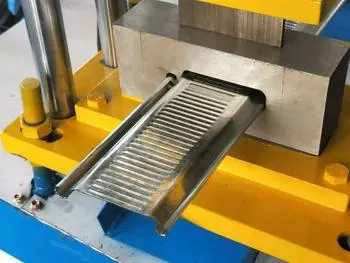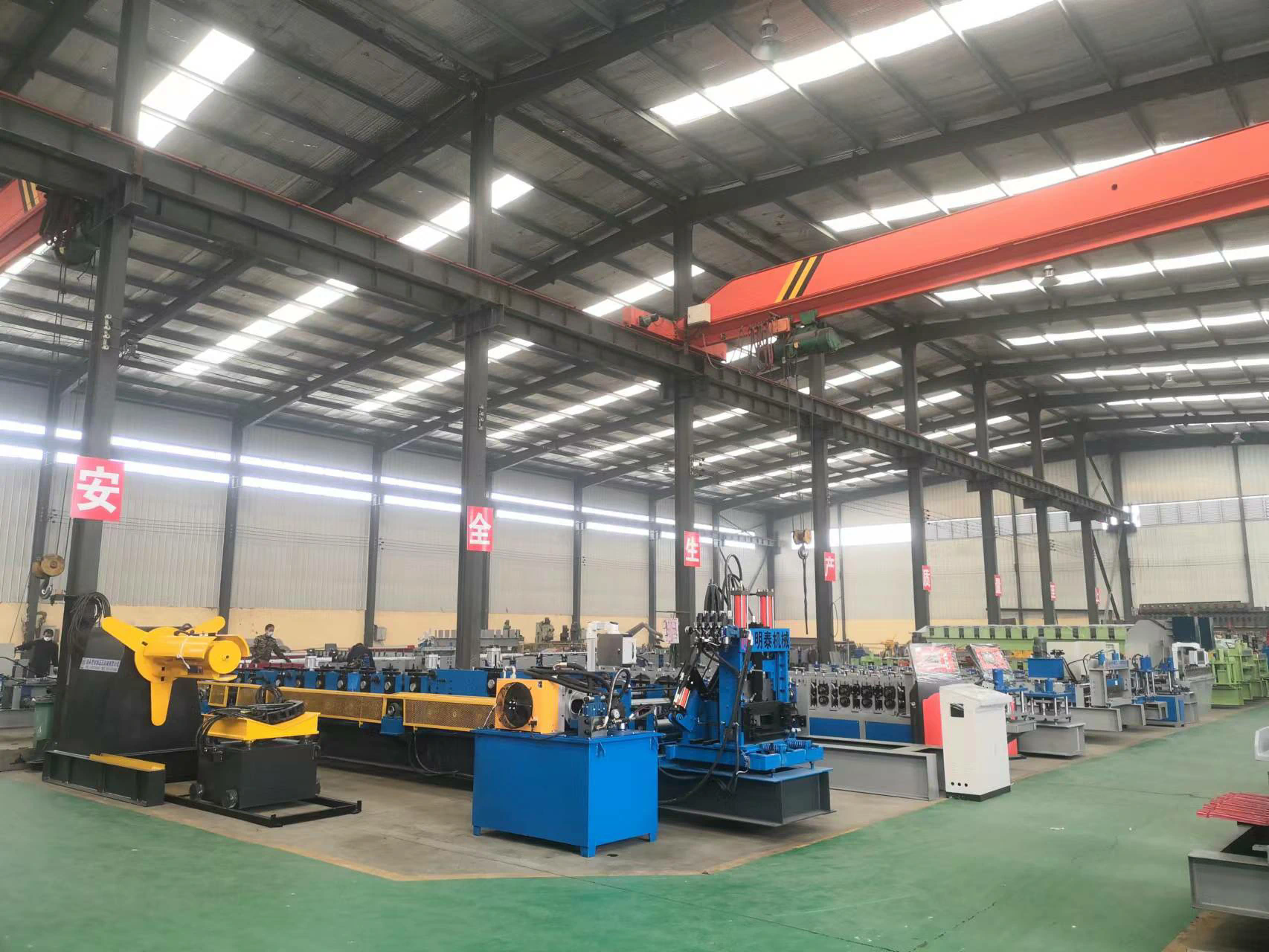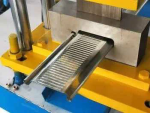The Roller Bender – Shaping Curves in Metalwork
Metal fabrication is an essential process in various industries, ranging from construction to automotive manufacturing. One of the crucial techniques used in metalworking is bending. It allows for the creation of curved shapes and forms that are integral to many applications. In this article, we will explore the roller bender, a versatile tool that enables precise and efficient curve shaping in metalwork.
Introduction to the Roller Bender
The roller bender, also known as a roll bender or a profile bending machine, is a mechanical device used to shape metal into curved profiles. It consists of three main components: a set of rollers, an adjustable guide, and a motor-driven mechanism. The rollers apply pressure to the metal, gradually bending it into the desired curve. The adjustable guide ensures consistent and accurate bending.
Advantages of Using a Roller Bender
1. Versatility: The roller bender is capable of creating curves in various metals, including steel, aluminum, and copper. It can handle different thicknesses and widths, making it suitable for a wide range of applications.
2. Precision: With the ability to adjust the position and pressure of the rollers, the roller bender offers precise control over the bending process. This ensures that the final product meets the desired specifications and tolerances.
3. Efficiency: Compared to other bending methods, such as press brakes or manual bending, the roller bender offers faster and more efficient curve shaping. It reduces the need for multiple setups or manual adjustments, saving both time and labor costs.
4. Cost-effective: The roller bender eliminates the need for expensive custom-made dies or molds for each specific curve. Its flexibility allows for easy customization and adaptation to different projects, reducing overall production costs.

Applications of the Roller Bender
1. Architectural Metalwork: The roller bender is widely used in architectural projects that require curved metal elements. It can create curved handrails, decorative trims, and curved façade panels, adding aesthetic appeal to buildings.
2. Furniture Manufacturing: Many modern furniture designs incorporate curved metal frames or components. The roller bender enables the production of curved chair backs, table legs, and other curved furniture elements.
3. Automotive Industry: Curved metal parts are essential in the automotive industry for components such as exhaust pipes, roll bars, and chassis frames. The roller bender provides a cost-effective solution for shaping these curved elements.

4. Industrial Equipment: Various industrial equipment, such as conveyor systems and machinery frames, require curved metal sections. The roller bender allows for the efficient production of these curved components, ensuring smooth operation and functionality.
Considerations for Using a Roller Bender
1. Material Selection: Different metals have varying properties and behaviors during the bending process. It is essential to choose the appropriate metal alloy that can withstand the bending forces without cracking or deforming excessively.
2. Roller Configuration: The roller bender comes with various roller configurations, including pyramid, double-pinch, and three-roll machines. Each configuration has its advantages and limitations. Selecting the right roller design depends on the specific application and the desired curvature.
3. Safety Precautions: Operating a roller bender requires proper training and adherence to safety protocols. The bending process involves high forces and moving parts, posing risks to operators. Protective gear, such as gloves and safety glasses, should be worn at all times.
The roller bender is a valuable tool in the metalworking industry, offering versatility, precision, efficiency, and cost-effectiveness for shaping curves in metalwork. Its applications range from architectural projects to furniture manufacturing and automotive production. By considering material selection, roller configuration, and safety precautions, operators
